BY MAX MACBRIDE

If you’ve ever caught an overground train from Brixton, you’ve probably noticed that the station is home to some unusual inhabitants. Since 1986, three bronze statues of waiting passengers, one on each platform, have kept a stoic watch over the station’s comings and goings. On a crowded day you could easily miss them; they stand without fanfare among their fellow passengers, stares fixed ahead.
Growing up, I used the station frequently, and was intrigued by the statues’ eery presence. There was something unnerving about their odd limbo and the impassive features which seemed to shift subtly with every visit.
The statues were a mystery. There was no plaque that I could see, no explanation. And later, nothing to be found online to give anything much away either, other than the name of the artist – Kevin Atherton – and the date of their arrival in Brixton in 1986. So I decided to try to track Kevin down. Some swift Googling and an email exchange later and Kevin, now relocated to Ireland, was happy to talk about his piece.
He explained that the work was commissioned by British Rail in the mid-1980s. They had originally conceived something more conventional – a plinth-based statue on one platform, with a link to Brixton and a locomotive theme. Kevin had something different in mind.
He was interested in flipping the idea of ‘love at first sight’ and playing on the fleeting interactions that people often have with one another in large cities, not least in railway stations. The idea that two people could lock eyes, then vanish. The platform would become the plinth, and the statues would need to be in a straight line, in one another’s eyeline – that was important. Kevin took his concept to pitch before a panel, including the noted architect and designer Sir Hugh Casson. Happily, they approved.
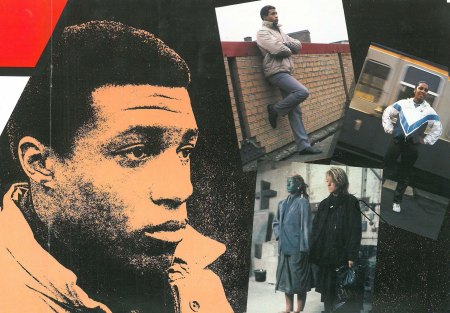
Kevin himself was living in Hackney at the time, and although he knew the area, he found identifying his three subjects tricky. Brixton in 1986 was a radically different place. The 1985 riots hung heavy in the air; while he desperately wanted his subjects to be representative of the community, he didn’t want to stereotype and was at first unsure how to approach the task of actively seeking out Afro-Caribbean people to participate. He took to stalking the platforms “like a private detective” as he watched how passengers interacted with the space.
In the end, he struck lucky through another now-immovable Brixton institution – the Rec, less than a year old at that point. As far as Kevin can recall, Peter Lloyd (now immortalised on platform one) and Joy Battick (platform three) both worked there, and had very different reasons for wanting to take part. Joy, a mother, wanted to be cast so that “her daughter could see her forever”, while Peter was attracted by the potential for celebrity status. The third participant was a white German girl in her twenties, named Karin Heistermann. She’s the one with a carrier bag facing Peter on platform two.
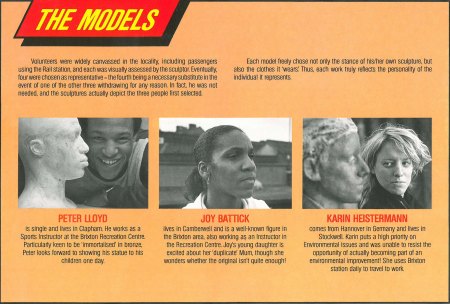
It’s been claimed that these were the first bronze statues of black people in the UK. Kevin was intrigued by the idea that the bronze finish acted as a unifier, erasing superficial differences between the three, regardless of background. The everyday act of waiting for a train was another common denominator for Londoners from all walks of life.
The casting was done in sections in the ticket office, where Kevin made a plaster cast of their bodies then dressed them in actual clothes, stiffened with resin. Next the bronze was applied, in a layer only as thick as the clothing.
The statues were launched to a wave of positive publicity – not often the case with Brixton at that time. Kevin liked the contrast between the way people would go up and openly interact with the statues, free of inhibition, and the way they would act ‘in real life’.
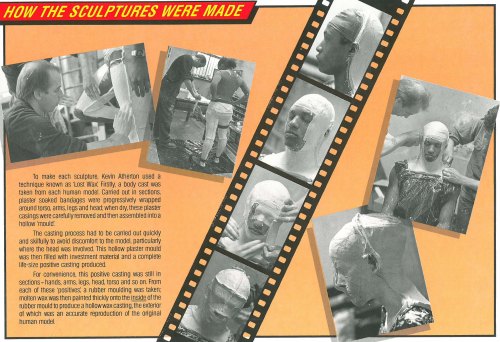
Thirty-odd years have passed and the changes have rung in Brixton, as they have in the sculptor’s life. He wonders where the three are now. Are they still alive? And how would they look stood next to their bronzed, younger selves?
Do you know Joy Battick, Peter Lloyd or Karin Heistermann? Get in touch…
Follow Max MacBride on Twitter at @MaximilianMM

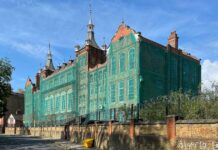
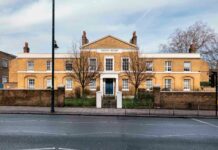

[…] Brixton Station you can wave to Karin, one of three lifesize bronze statues that stand on the platforms there, and then as you head towards north Clapham and Battersea you […]
Could you please send responses to e-mail address constance446@live.com re-previous comment
Thank you
Hi am very curious about the statues and what will happen to them in say the next 10 years, can any one tell me how do I get in touch with Max the artist as the Statue with all the bushes around is my immortalised bronze Statue I can be contacted on the e-mail address above
[…] The never-ending commute – the story of Brixton’s station statues […]
Great article! I’m looking forward to the follow up. I only wish you had more pictures of the statues.